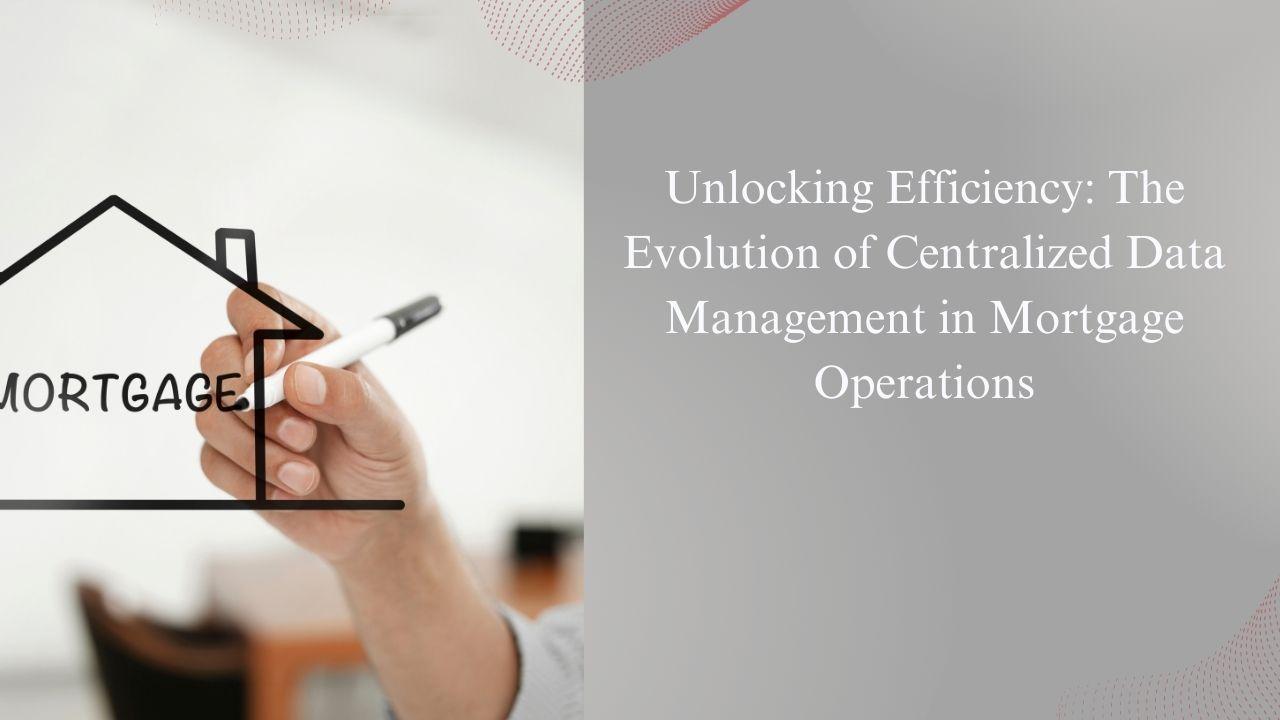The landscape of mortgage lending has undergone a dramatic transformation with the advent of centralized data systems. Ravi Chandra Chinta, a seasoned expert in enterprise data integration, presents a compelling analysis of how modern technology is streamlining mortgage operations. This article delves into the technological advancements that are reshaping the industry, making processes more efficient, accurate, and secure.
The Shift from Siloed Systems to a Unified Platform
Traditionally, mortgage lenders depended on disparate systems for loan origination, servicing, and underwriting, creating inefficiencies, data silos, and inconsistent workflows. These fragmented platforms led to errors, slow approvals, and compliance risks. By transitioning to a centralized data architecture, financial institutions can streamline operations, enhance data accuracy, and accelerate decision-making. This integration fosters a more agile, responsive, and customer-centric lending ecosystem, improving risk assessment, regulatory compliance, and overall efficiency.
Real-Time Data Synchronization: A Game Changer
One of the most groundbreaking innovations in mortgage operations is real-time data synchronization, revolutionizing the way financial institutions manage loans. Traditionally, batch-processed updates created delays, leading to outdated information and inefficient decision-making. By implementing real-time data integration, organizations can now ensure that underwriting, loan servicing, and customer interactions are based on the most current information. This advancement reduces data latency, enhances operational efficiency, and improves accuracy, enabling faster approvals, better risk assessment, and a more seamless borrower experience.
Unique Identifiers: Enhancing Data Integrity
A major challenge in mortgage data management has been duplicate records resulting from inefficient identification methods. Traditional systems, often reliant on email-based identifiers, led to inconsistencies and errors across platforms. By adopting unique identifiers based on Social Security Numbers (SSN) and Employer Identification Numbers (EIN), financial institutions can ensure data integrity, prevent duplication, and streamline operations. This robust framework enhances accuracy, improves regulatory compliance, and fosters seamless integration across loan origination, underwriting, and servicing systems.
Leveraging API-Driven Integration for Seamless Operations
Modern enterprise integration is built on a foundation of robust APIs that connect various mortgage systems. The implementation of API-driven architectures ensures that loan origination, servicing, and customer relationship management (CRM) platforms communicate efficiently. This integration not only enhances operational workflows but also fortifies data security through encrypted data exchange and access control mechanisms.
Automation and AI: The Next Frontier
With a centralized data repository, mortgage institutions can leverage automation and artificial intelligence (AI) to enhance efficiency and decision-making. AI-driven analytics enable predictive modeling for loan approvals, fraud detection, and customer risk assessment, allowing lenders to assess borrower credibility with greater precision. This shift significantly reduces processing times, accelerates approvals, and enhances compliance. Moreover, by minimizing human errors in critical financial transactions, AI-driven automation fosters greater accuracy, improving customer trust, operational efficiency, and overall risk management in mortgage lending.
Overcoming Implementation Challenges
Transitioning from legacy systems to a unified data architecture presents several challenges. Financial institutions must navigate data migration complexities, ensure regulatory compliance, and drive organizational adoption of new technologies. However, with strategic planning and structured implementation frameworks, these hurdles can be effectively managed.
The Impact on Regulatory Compliance and Risk Management
Regulatory compliance remains a top priority in mortgage lending. Centralized data management provides improved transparency, enabling institutions to maintain comprehensive audit trails and ensure compliance with evolving financial regulations. Enhanced risk management frameworks help mitigate fraud, prevent data breaches, and maintain the integrity of financial transactions.
Future Innovations: What Lies Ahead?
The future of mortgage data management lies in the integration of advanced technologies such as blockchain for secure transactions, AI-driven underwriting, and predictive analytics for market forecasting. As these technologies mature, financial institutions will gain even greater efficiencies, allowing them to serve customers with unparalleled speed and accuracy.
The adoption of centralized data management in mortgage operations marks a significant milestone in financial technology. By leveraging real-time integration, unique identifiers, and API-driven architectures, mortgage institutions can optimize efficiency and enhance customer experience. As Ravi Chandra Chinta highlights, these innovations not only streamline operations but also pave the way for future advancements in the industry. The continued evolution of enterprise data integration will undoubtedly shape the future of mortgage lending, making it more secure, efficient, and customer-centric.





























